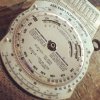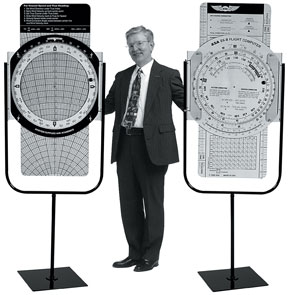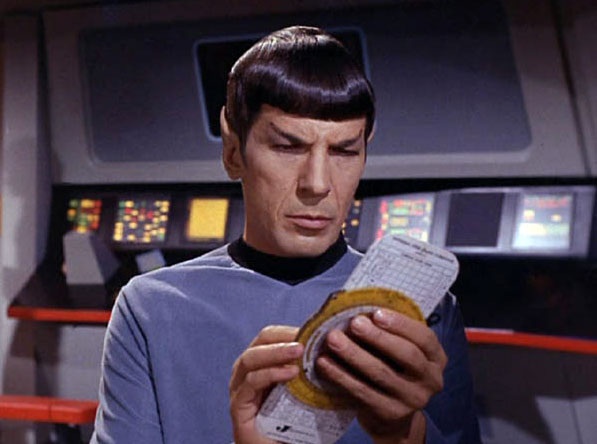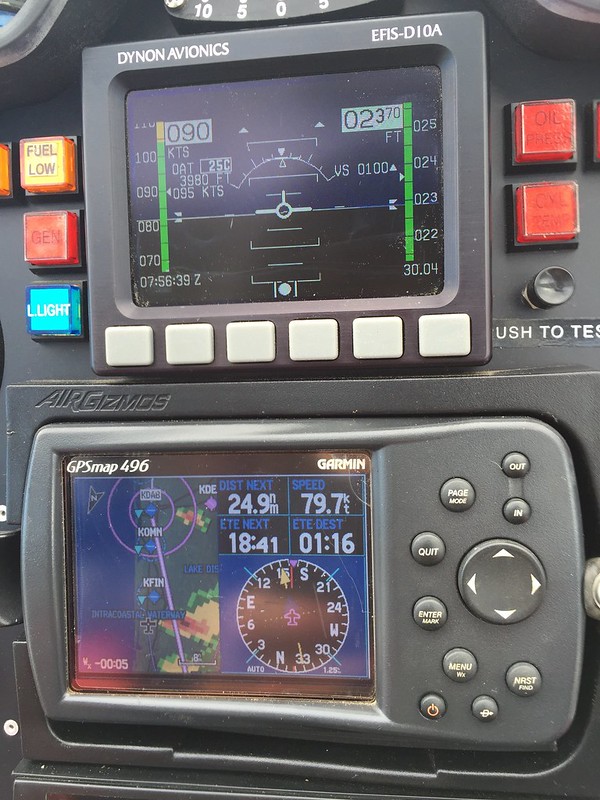Clayviation
Filing Flight Plan
- Joined
- Apr 23, 2016
- Messages
- 15
- Display Name
Display name:
Clayviation
Hello all!
I put together a blog on some of the basics of using a manual E6B. I hope this can be of some help to student pilots looking for a not too technical approach.
http://clayviation.com/2016/08/23/how-to-use-a-manual-e6b-flight-computer/
I'd love to hear your (respectful) comments!
I put together a blog on some of the basics of using a manual E6B. I hope this can be of some help to student pilots looking for a not too technical approach.
http://clayviation.com/2016/08/23/how-to-use-a-manual-e6b-flight-computer/
I'd love to hear your (respectful) comments!







